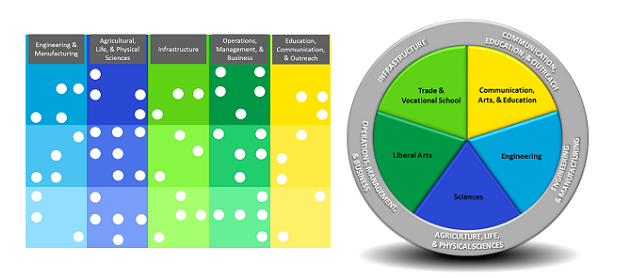Another year has passed and maybe you’re now looking for a career change that can satisfy your thirst to contribute in some small way to make the world and our society a little better?
I received this press release and thought it very interesting for those looking at the bioenergy sector. I just came back from the small island of Aruba and thought to myself, how can this small island of 105,463 people improve their energy situation, the livelihoods and future of Arubans especially when they are only dependent on tourism? I recalled the devastation of hurricanes this year in several Caribbean islands and thought to myself that these islands could be self-sufficient by using alternative energy sources especially using waste feedstock! Not only that but this could be a way to boost economy and create jobs that are not just dependent on tourism (although this type of investment is a marketing tool as well for tourists).
Anyway, I digress.
For those who are looking at the bioenergy sector, maybe you’d like to check out the U.S. Department of Energy’s Bioenergy Technologies Office’s (BETO’s) Bioenergy Career Map—an interactive, educational tool that explores the vast network of bioenergy occupations, illustrates potential career pathways, and identifies the education and training required for each career. The career map profiles over 60 positions and over 100 tracks of advancement among careers that span across five sub-sectors of the bioenergy industry (infrastructure; agriculture, life, and physical sciences; engineering and manufacturing; education, communication, and outreach; and operations, management, and business).

While the Bioenergy Career Map profiles many bioenergy careers, according to the US DOE, there may be occupations that are not included in this map, but are important to the success of the bioenergy industry.
The information presented within each occupational profile (i.e. position description, education, training, and other qualifications) was synthesized from the Bureau of Labor Statistics, U.S. Department of Labor, Outlook Handbook, 2016-17 Edition and the U.S. Office of Personnel Management’s Handbook of Occupational Groups & Families.
PS
This is my last post for the year. 2017 for me has been difficult to say the least (and slightly disheartening with what’s happening in US politics) but I am optimistic in 2018. I wish everyone a Happy New Year and looking forward to improvements and positive announcements within the renewable chemicals industry, industrial biotechnology and bioenergy markets in 2018.




